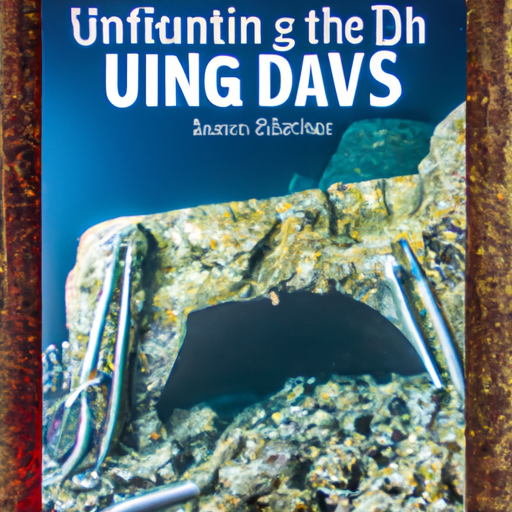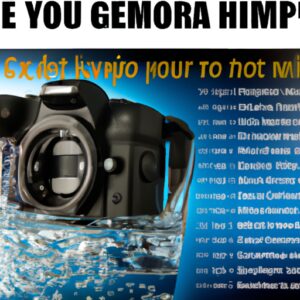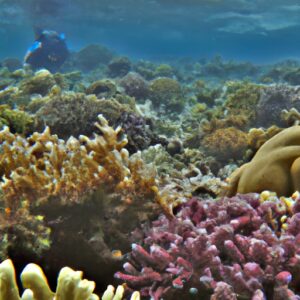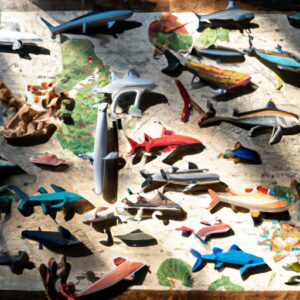
A Guide to Photographing Underwater Caves and Shipwrecks: Tips and Tricks from the Pros
Are you an adventurous soul looking for an exciting challenge to spice up your underwater photography game? Why not explore the mysteries of underwater caves and shipwrecks?
If you’re ready to dive into these fascinating worlds, we’ve got the inside scoop from the pros on how to capture the perfect shot. Here are some tips and tricks to help you get started!
H2: Plan Your Dive and Know Your Gear
Before you take the plunge, it’s important to plan your dive and understand the gear you’ll need. Make sure you have the right camera, lens, strobes, and other equipment needed for the specific conditions you’ll be photographing in.
Be aware of the diving regulations and safety procedures for the dive site you’re visiting. And most importantly, make sure you’re comfortable with your diving skills and capabilities.
H2: Lighting is Key
Underwater caves and shipwrecks can have challenging lighting conditions, but with the right setup, you can capture stunning images. Your lighting should be well-balanced, with the right mix of natural and artificial light to show the features of the environment.
Strobes are essential for underwater photography, and you should experiment with various angles and intensities to achieve the desired lighting effects for your shots.
H2: Composition is Crucial
A great photo is more than just lighting and gear; it’s about the composition. Take a moment to study the environment and find a subject that stands out.
Position yourself in the right spot to capture the essence of the scene. Don’t be afraid to experiment with angles and perspectives, and try to create a sense of depth in your shots.
H2: Timing is Everything
Capturing movement and action is essential for dynamic underwater photography. Be patient and observant, watch for subtle movements in the environment or marine life, and be ready to snap your shot at the perfect moment.
H2: Post-Processing Adds the Finishing Touch
Once you’ve captured your shots, the real fun begins. Post-processing can help enhance your images, but remember to keep it natural, as over-processing can ruin the authenticity of your work.
Experiment with color correction, contrast, and sharpness, and find the right balance for the mood or atmosphere you want to convey.
H2: Final Thoughts
Underwater cave and shipwreck photography can be challenging, but with the right preparation and techniques, you can achieve stunning, captivating images.
Remember to plan your dive, know your gear, focus on lighting, composition, and timing, and add the finishing touches with post-processing.
So go forth, explore, and capture the beauty of the underwater world like never before!







